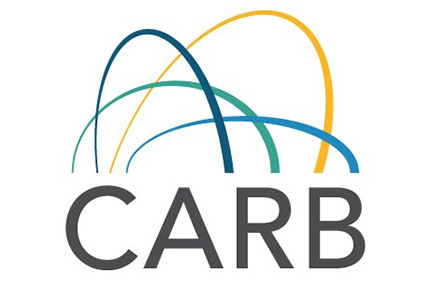The California Air Resource Board (CARB) issued a recent decision aimed at phasing down agricultural burning in the San Joaquin Valley to nearly zero by Jan 1, 2025. This is aimed at reducing burns done by San Joaquin Valley farmers.
Here is there press release from Feb 25, 2021.
CARB partners with local air quality officials, farmers and communities to nearly eliminate agricultural burning in San Joaquin Valley by 2025
SACRAMENTO – The California Air Resources Board today took action to phase-down agricultural burning in the San Joaquin Valley by Jan. 1, 2025. In doing so, the region will be taking a major step towards ensuring all residents in the valley have healthy air to breathe. The action taken today builds on the San Joaquin Valley Air Pollution Control District’s (District) recently approved 2020 Staff Report and Recommendations on Agricultural Burning (2020 Report) on phasing-down agricultural burning, but accelerates the timelines. It sets the goal of effectively eliminating burning, which releases fine particulate matter (PM2.5) into the air, causing or contributing to a number of adverse health effects including asthma.
“The District has successfully reduced agricultural burning in the San Joaquin Valley by 80 percent through 2013, but we’ve seen an uptick in recent years that requires us to refocus our attention on 2025 — a key target date for meeting federal clean air standards,” said CARB Chair Liane Randolph. “CARB looks forward to supporting the District, the agricultural community and numerous businesses in the valley that offer alternatives to burning as we partner to phase down agricultural burning to near-zero levels over the next few years to promote public health and help meet federal air quality standards.”
Agricultural burning has been progressively limited in the Valley since 2003 under SB 705, a measure supported by then-Senator Dean Florez, with provisions allowing limited burning in special circumstances and with CARB concurrence.
Most recently, CARB approved the District’s 2015 phase-down plan, which expired on Dec. 31, 2020. The District has been operating under a limited-term approval that expires in conjunction with today’s Board meeting.
“California has accounted for over one-tenth of the value of the U.S. agricultural output—unfortunately part of that statistic is a practice that has been in existence since 1859–the Ag Burn. This dirty practice, utilized yearly for over 160 years, has caused increased ozone pollution, increased asthma rates, and severe health impairments. I began the process of ending agricultural burning 17 years ago with Senate Bill 703, which gave the California Air Board the ability to terminate this feudal practice through its negotiation power,” said Board member Florez. “Today is the day that ag burns will become a thing of the past. Working with health advocates, farmers and regulators, a declining cap starting from a 36 month countdown to a complete phaseout was produced, which is historic and brings finality to a one-cent match solution that has endangered Californian’s lungs for over a century.”
While the number of days and what can be burned has become progressively more limited since SB 705 became law, agricultural burning in the valley persists due in part to the closure of biomass plants and recent drought. With the availability of even more robust data on the impact of burning on the valley’s residents and increasing adoption of whole orchard recycling and other viable alternatives to burning, it is clear that stronger actions are needed. Today’s Board action establishes a clear path to essentially eliminate agricultural burning in the San Joaquin Valley and can serve as a model for other regions.
Agricultural practices produce large amounts of woody biomass and burning has historically been one of the most cost-effective ways of disposing of these materials. Orchard and vineyard removals together account for almost 90 percent of total tons burned in the Valley in 2020.

